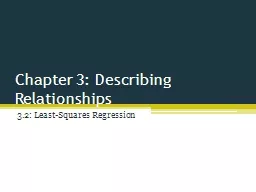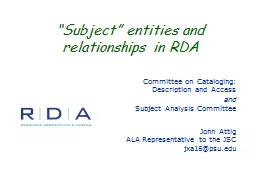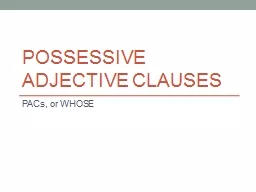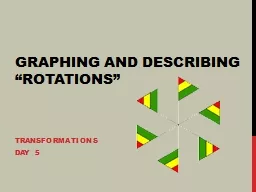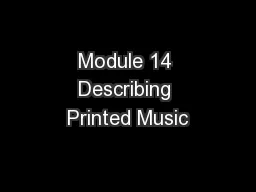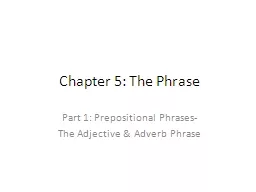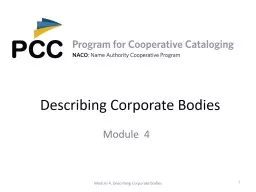PPT-Chapter 3: Describing Relationships
Author : conchita-marotz | Published Date : 2016-06-11
32 LeastSquares Regression Where we are headed Correlation and Regression Applet Scatterplot draw line of best fit LSRL About that line IF one variable can be used
Presentation Embed Code
Download Presentation
Download Presentation The PPT/PDF document "Chapter 3: Describing Relationships" is the property of its rightful owner. Permission is granted to download and print the materials on this website for personal, non-commercial use only, and to display it on your personal computer provided you do not modify the materials and that you retain all copyright notices contained in the materials. By downloading content from our website, you accept the terms of this agreement.
Chapter 3: Describing Relationships: Transcript
Download Rules Of Document
"Chapter 3: Describing Relationships"The content belongs to its owner. You may download and print it for personal use, without modification, and keep all copyright notices. By downloading, you agree to these terms.
Related Documents

